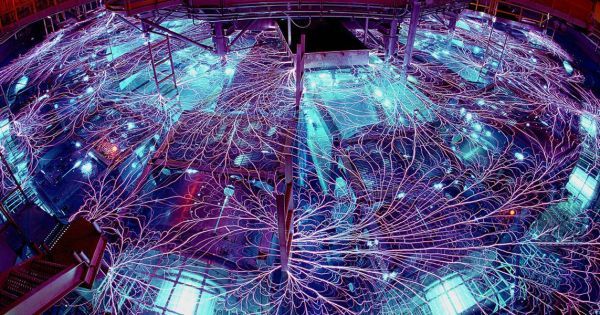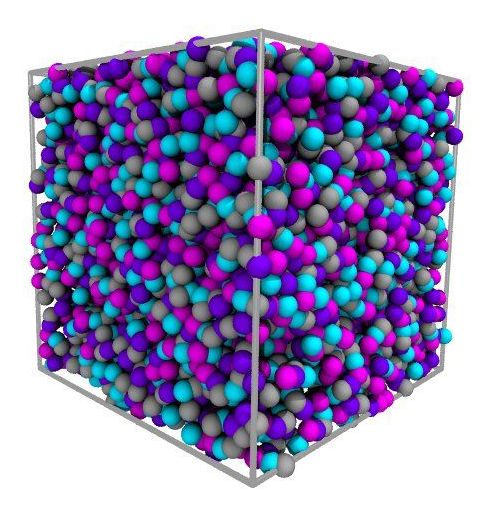The Food and Drug Administration is forcing certain sleep drugs to carry a deadly serious warning about the rare, frightening side effects they can cause. The side effects, which have reportedly caused serious injuries and even deaths, include sleepwalking and other intricate behaviors done while a person is sleeping or not fully awake, like driving and cooking.
The new black box warning—the strictest label used by the FDA to denote potentially life-threatening side effects—will apply to three drugs commonly used for insomnia and sold under various brand names. They are eszopiclone (Lunesta), zaleplon (Sonata), and zolpidem (Ambien, among other names). In addition to the warning, people will also be told to stop or avoid using these drugs if they’ve ever experienced these symptoms.







